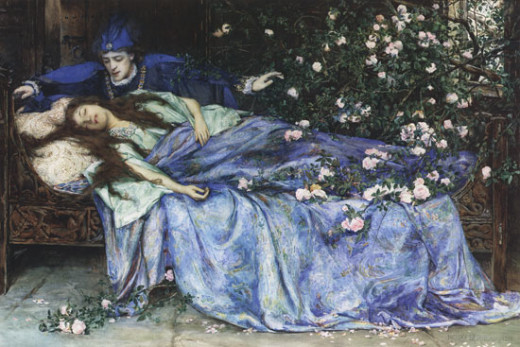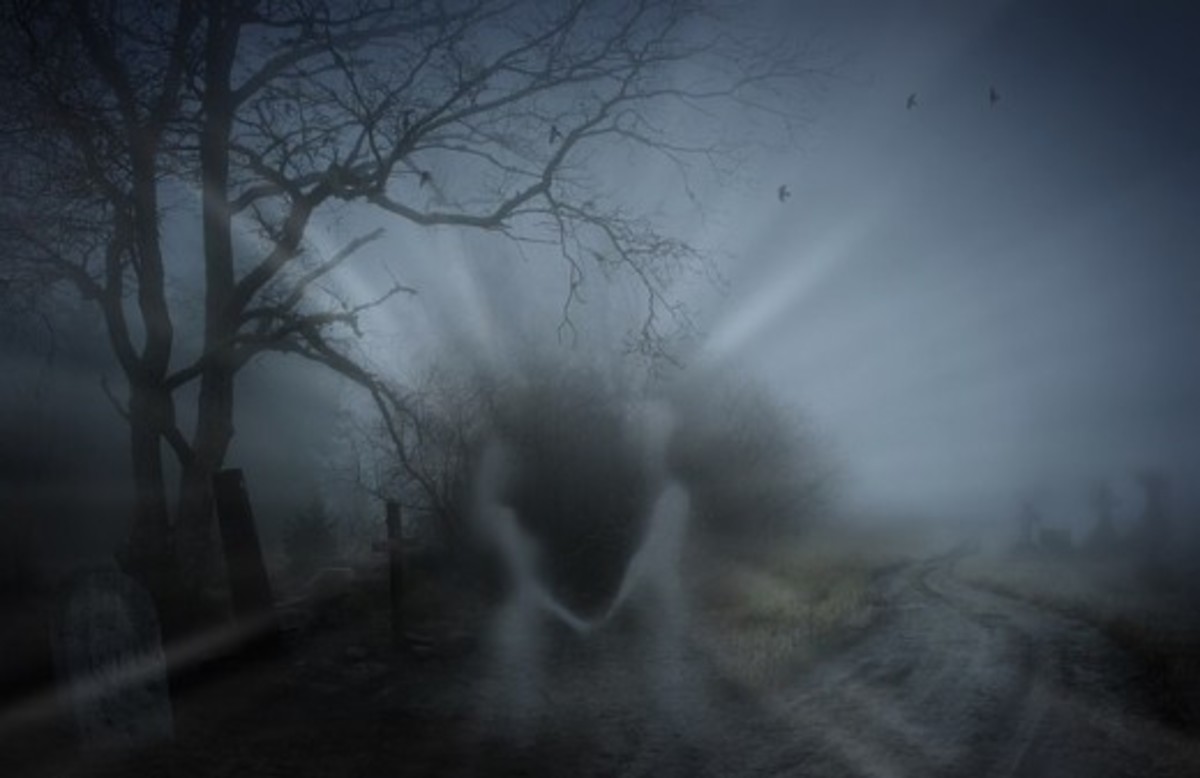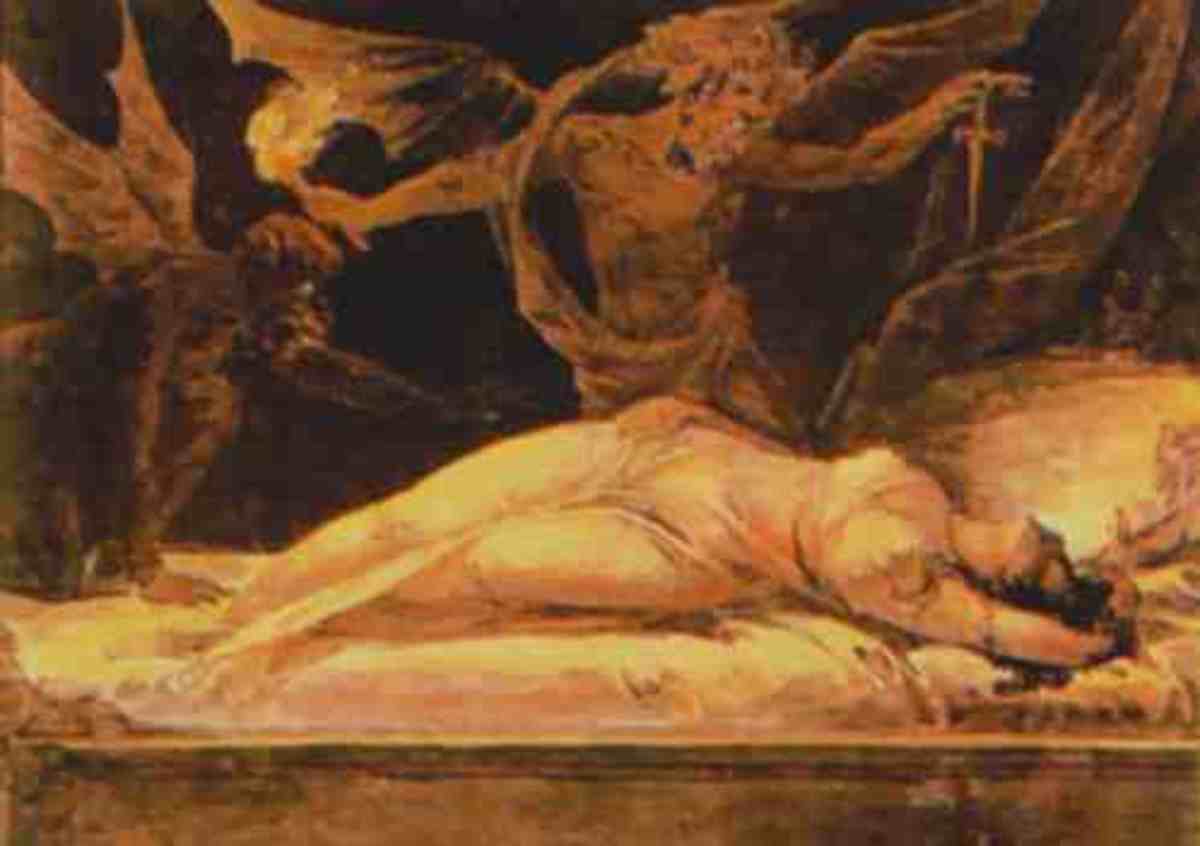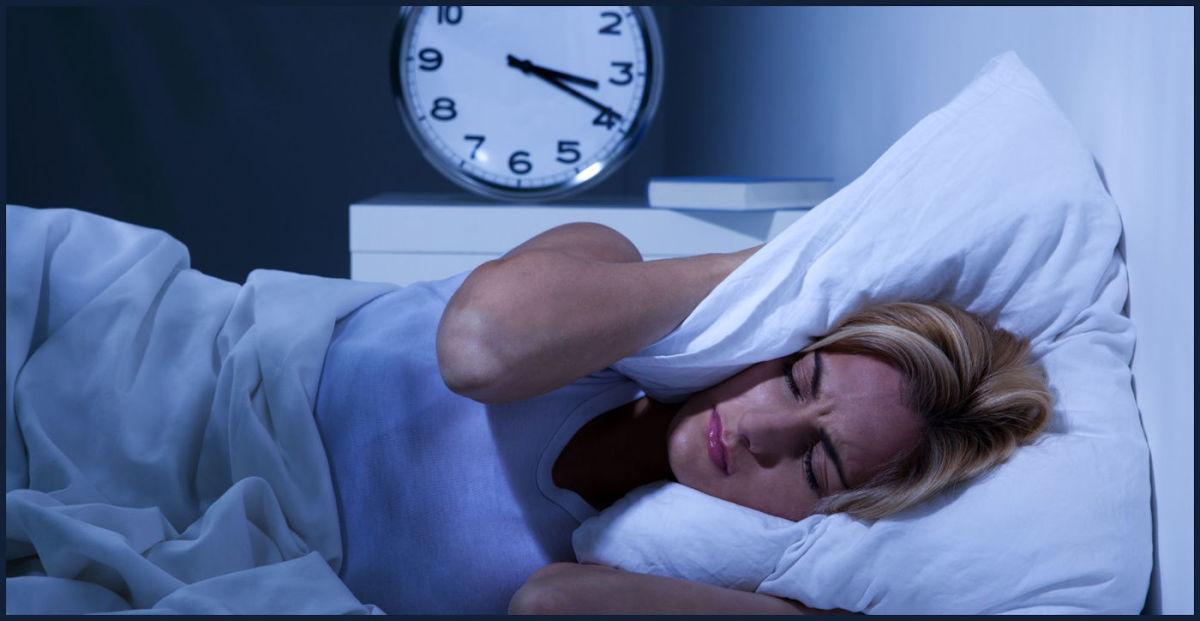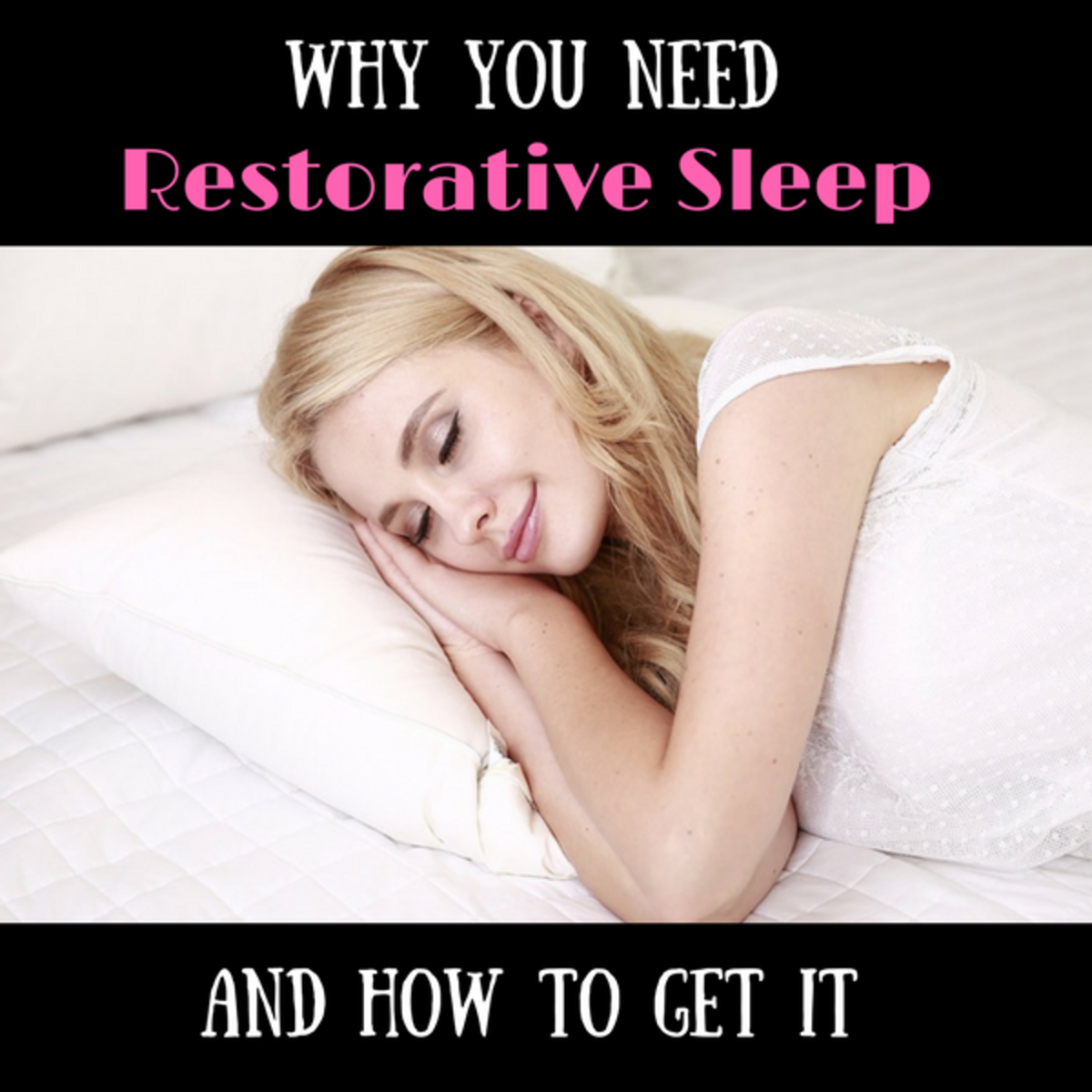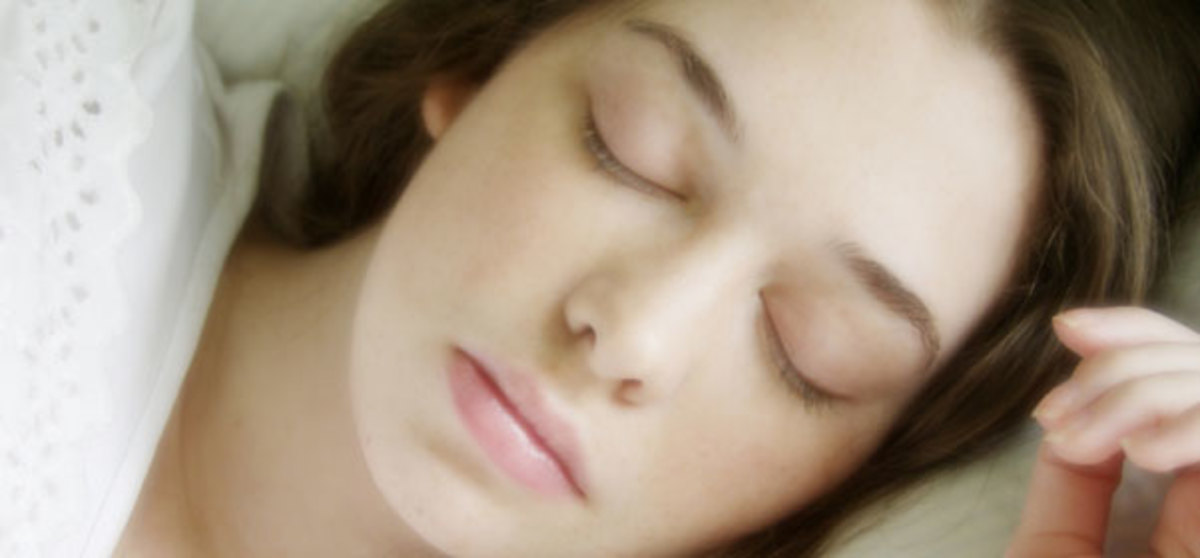- HubPages»
- Health»
- Personal Health Information & Self-Help»
- Self-Help for Sleep Issues & Sleeplessness
Exploring Sleep Paralysis
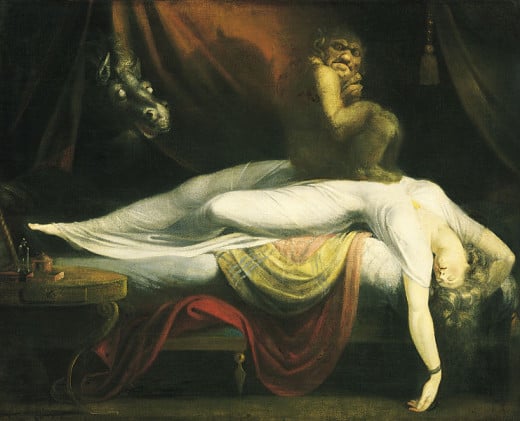
Imagine how horrifying it would be if your mind was awake but your body was asleep. It is the equivalent to being paralyzed. You would be able to see and think but unable to move your limbs. This is what happens during sleep paralysis.
It usually happens when you're waking up or falling asleep. For me it's usually when I'm falling asleep. It's like your mind and body are out of sync and your body falls asleep before your mind. Sleep paralysis can be contrasted with sleepwalking, where the mind is partially asleep while the body is awake.
During sleep paralysis some people also experience hallucinations of figures which are often perceived as demons as well as the sense that someone is pressing down on their chest. Spooky. The phenomena is documented in many divergent cultures under different names, often with a supernatural connection: mare, hag, djinn, Phi Am, dab tsog, Kaboos, etc.
This phenomena is also where the origin of the term nightmare originates from. The Dutch referred to the phenomena as "nachtmerrie". The root of the "mare" part, "mara," actually refers to a woman not a horse. The above painting by Fuseli may be the origin of confusion over the term because of the creepy black horse looking out from the curtains. But "mare" would actually refer to the creature sitting on the woman's chest, not the horse.
How common is sleep paralysis?
About 30% of people will experience it at least once. Sleep paralysis is more common among people who have irregular circadian rhythms, narcolepsy, or panic attacks. Sleep paralysis is usually sporadic but some people experience it weekly. People with recurrent sleep paralysis usually experience intense fear during the episodes. In my experience sleeping in new places like hotel rooms sometimes triggers sleep paralysis. Stress and sleep deprivation are thought to make sleep paralysis more likely.
How long does sleep paralysis last?
Sleep paralysis can be very brief or it can last up to a few hours. Luckily my experiences have been relatively brief. There are techniques that you can use to wake your body up from sleep paralysis more quickly.
Can sleep paralysis kill you?
Sleep paralysis has been linked to SUNDS -- Sudden Unexplained Nocturnal Death Syndrome. SUNDS is more likely to occur if hallucinations accompany the sleep paralysis, and especially if the sleeper has strong beliefs in the existence of their hallucinations. During SUNDS a rapid, irregular heartbeat is experienced, which can result in death if it doesn't go back to normal in time. SUNDS is a rare occurrence, even if you experience sleep paralysis.
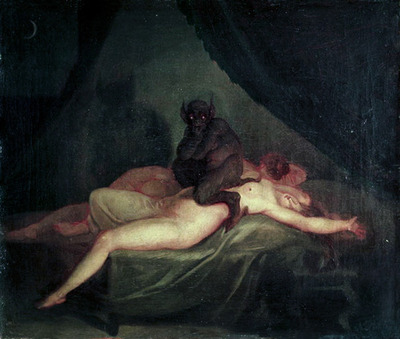
Hallucinations and Sleep Paralysis
The most common hallucination is of some kind of evil presence sitting on your chest making it difficult for you to breathe. Hallucinations accompany sleep paralysis only 30% of the time. Traditionally most cultures believe this hallucination is some kind of demon, spirit, or ghost. More recently people have begun identifying the hallucination as an alien.
One theory states that the fear response which originates in the amygdala is prolonged during sleep paralysis because the mind is unable to come to a conclusion about whether there is a nearby threat because there is no external stimulus to perceive. This prolonged fear response may be why people believe there is a nearby presence.
Another interesting theory about sleep paralysis and this perceived presence is that sleep paralysis may be a vestigial survival response to being hunted by a predator. Some animals like lizards are known to paralyze themselves as a last attempt to avoid capture. This is known as tonic immobility. If this is related to sleep paralysis, the mind may instinctually believe that there is a nearby predator.
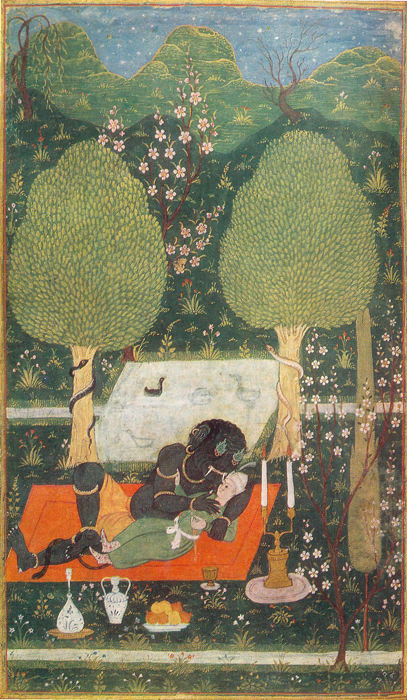
Folklore and Sleep Paralysis
It's amazing how this phenomena has transcended geographical boundaries. Many different cultures use similar terms to describe this phenomena. In Scandinavia the mare, a woman similar to a succubi, sits on the chest of sleepers causing them to have nightmares.
In Ancient Greece there was Epiales, the personification of nightmares. This word is derived from the word "to lay upon." In the southern United States and the Gullah culture this phenomena is caused by a hag or a witch. The phenomena may have been reported during the Salem Witch Trials as evidence of witchcraft.
In Turkish culture sleep paralysis is caused by a djinn, a type of spirit mentioned in the Qur’an, who holds down the sleeper and begins to strangle him. The djinn can be repelled by praying to Allah. In Pakistan sleep paralysis is the work of an ifrit who can be sent by jealous magicians. Pakistani children sometimes wear ta'wiz, a locket that wards off the ifrit. In other Arabic cultures the ifrit is also referred to as a Kaboos.
In Asian cultures it is common for the being to be referred to as a ghost. In Thailand this ghost is called Phi Am and is even thought to leave bruises behind. In China and Korea the phenomena is described as a ghost pressing down on the body. The Japanese call it kanashibari which means "bound by metal." (Kanashibari is an acceptable synonym for sleep paralysis in English.) Even the Mongolians have a similar phrase, "khar darakh," which means "to be pressed down by the dark."
Sleep paralysis is also common in Africa. In Zimbabwe they call it Madzikirira and believe it is caused by a relative who is also a witch. The Ethiopians call the spirit dukak. The dukak is an evil spirit who is the personification of depression. In Swahili it is known as jinamizi.
A Trick to End Sleep Paralysis
I've trained my brain to force myself to wake up fully when this starts to happen to me. It's not hard once you realize what's going on. You keep sending mental signals to your arms and legs to move and eventually you wake up. There's no proven way to cure sleep paralysis completely but this trick makes the experience much more brief and much less terrifying although it is still unpleasant.
